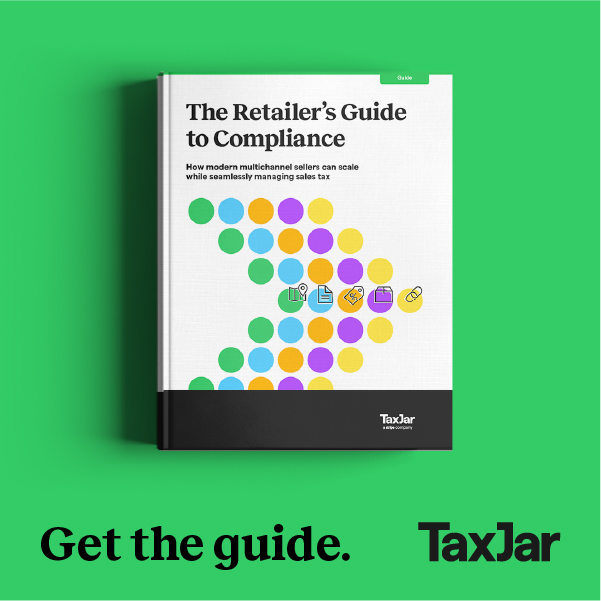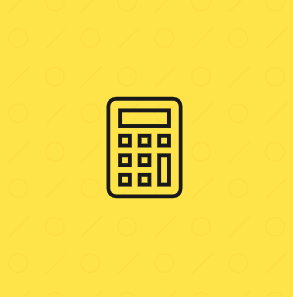2025 mid-year sales tax updates
by June 23, 2025
We often talk about how sales tax is a moving target, with states making changes throughout the year that impact how businesses manage their compliance. Since many states consider July 1st the beginning of their fiscal year, July is often full of sales tax changes. While this presents a challenge for businesses, it’s crucial to stay informed about legislative changes to effectively manage sales tax obligations. Many states have changes that went into effect on July 1, 2025 that will impact how sales tax is managed.
From legislation changes to updates in product taxability and filing frequencies, businesses must be prepared to adapt swiftly. This blog post outlines the notable changes on the horizon and highlights how they may affect your operations and compliance strategy.
Legislation changes
There are some notable legislation changes that have been introduced in the last six months. We’ve outlined a few major changes below.
Utah
On July 1st, 2025, Utah removed the 200 transaction threshold from their economic nexus requirements. By eliminating the 200 transaction threshold, sellers with average transaction amounts of less than $500 might be able to postpone their economic nexus registration until they reach $100,000 in sales. Additionally, this change means that users will no longer need to keep track of their individual transaction count in Utah.
South Dakota
Additionally, there are changes coming in South Dakota. Certain states provide taxpayers with a discount for filing sales tax on time or for filing electronically. While South Dakota provided a tax allowance credit to businesses that filed electronically in the past, the state has recently removed the credit, valid from July 1, 2025 to June 30, 2028.
US Treasury update
The US Treasury has made an announcement that will impact sales tax management: they will soon stop producing pennies. This means state tax administrators will see changes, as transactions will have to be rounded to the nearest nickel. Additionally, when a total transaction price, including sales tax, ends in an amount less than five cents, the total amount of sales tax collected might be slightly different than the calculated sales tax amount. States might also see a slight increase in sales tax revenue as a result. Businesses that are manually calculating and collecting sales tax must implement a rounding system for transactions to the nearest nickel.
Product taxability changes
Outside of legislation changes, there have also been specific product taxability changes for businesses to note. For example, Louisiana has updated their shipping taxability rule. As of January 2025, the state generally taxes shipping as part of sales price of a transaction, even when separately stated. If the shipped item is an exempt or nontaxable product or service, then shipping is not taxable.
We’re continuing to see states remove or decrease the sales tax rate on grocery items. Over the last two years, Kansas has slowly phased out their sales tax on grocery items with these items being fully exempt beginning in 2025. As of July 1, 2025, Mississippi will reduce their sales tax rate on grocery products from 7% to 5%.
Maryland is making product taxability changes as well. As of July 1, 2025, the state will begin taxing a number of IT services at a reduced rate of 3%:
- Data processing
- Web hosting
- Web search portals, libraries, archives, and other information services
- Computer systems design and related services
- System software or application software publishing services
States can make these changes anytime throughout the year, and businesses are forced to adjust quickly to ensure they are collecting (or not collecting) sales tax properly. A solution like TaxJar can help. Our team constantly monitors the latest sales tax laws at the state, county, city, and special taxing district level. When tax rates or rules change, we apply them immediately to our platform. You don’t need to keep up with all of the changes to remain compliant. See how TaxJar can support your business by starting a free trial.
Sales tax rate and filing frequency changes
Arizona, North Dakota, Illinois, South Carolina, and Washington all have new local sales tax rates that will be in place as of July 1st, 2025.
On top of rate changes, there are new filing frequencies that went into effect on July 1st. States can require sellers to file and remit more or less frequently depending on the revenue or transaction amount. Generally, high-volume businesses will file and remit more frequently than low-volume businesses. On July 1st, the following states implemented new filing frequencies:
- Hawaii
- Kentucky
- Maryland
- Utah
- Virginia
If you have sales tax obligations in any of these states, be on the lookout for communications from the state (email and/or physical mail). If you receive a new filing frequency, be sure to file and remit by the due date to avoid penalties or interest. If you are a TaxJar customer, we recommend updating your filing frequency in your account if it changes.
How to be compliant in a changing sales tax environment
In an ever-changing sales tax landscape, proactive measures are essential for maintaining sales tax compliance. With key legislation changes and evolving taxability rules coming into effect halfway through 2025, businesses must stay ready to adapt their sales tax processes.
Leveraging tools like TaxJar can streamline this process, offering real-time updates on tax rates and regulations, so you can focus on growing your business without the stress of tracking every change. Your business will be better equipped to navigate the complexities of sales tax compliance and ensure your business remains in good standing as these new rules take shape.
Ready to automate sales tax? Sign up for a free trial of TaxJar today.








